Sharmila Kuthunur is an independent space journalist based in Bengaluru, India. Her work has also appeared in Scientific American, Science, Astronomy and Live Science, among other publications. She holds a master's degree in journalism from Northeastern University in Boston.
Latest articles by Sharmila Kuthunur

China moves Mars sample-return launch up 2 years, to 2028
By Sharmila Kuthunur published
China has moved the launch of its Tianwen 3 Mars sample return mission up two years, to 2028. The new timeline suggests China could get Mars samples to Earth as soon as 2031.
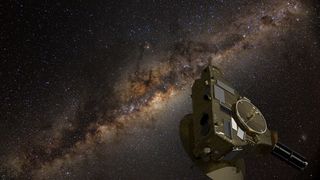
Just how dark is the universe? NASA's New Horizons probe gives us best estimate yet
By Sharmila Kuthunur published
NASA's New Horizons spacecraft, which flew by Pluto in 2015, has offered the best-yet estimates of how dark deep space truly is.

SpaceX's Polaris Dawn astronauts will make a daring trek into Earth's Van Allen radiation belt
By Sharmila Kuthunur published
SpaceX's trailblazing Polaris Dawn mission will make a daring trek into Earth orbit, one that will ferry the crew through belts of radiation wrapped around our planet.

James Webb Space Telescope zooms in on giant question mark in space (image)
By Sharmila Kuthunur published
James Webb Space Telescope finds clues about a pair of faraway, interacting galaxies that trace a distinct question mark in deep space.
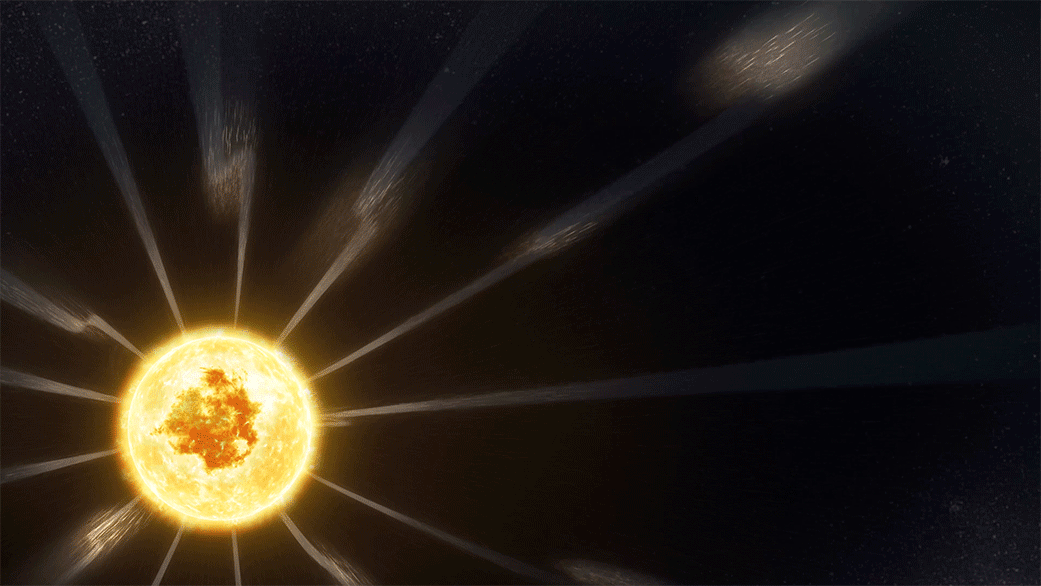
Lucky alignment of 2 spacecraft reveals how solar wind gets a magnetic push
By Sharmila Kuthunur published
Energy-packed plasma waves pump enough energy into streams of solar wind to propel them to their unexpectedly high speeds, observations by two sun-studying spacecraft suggest.
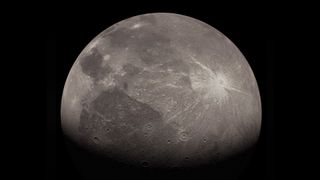
A huge asteroid crash permanently altered Jupiter's biggest moon Ganymede
By Sharmila Kuthunur published
A colossal asteroid slammed into Jupiter's largest moon Ganymede with so much power it dramatically and permanently reoriented the moon roughly 4 billion years ago, new research suggests.

'It basically lifts the skies up.' NASA discovers Earth's electrical field at last after 60-year search
By Sharmila Kuthunur published
A long-sought invisible electrical field wrapped around Earth has been detected more than half a century after it was first predicted to exist.

'Warm Jupiter' exoplanet 300 light-years away found by amateur astronomers
By Sharmila Kuthunur published
A network of citizen scientists recently found a "warm" Jupiter 300 light-years from Earth that can reveal clues about how our own Jupiter and solar system evolved.
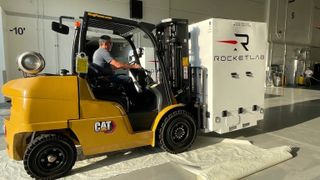
Rocket Lab's Mars probes reach launch site ahead of 1st flight on Blue Origin New Glenn rocket (photos)
By Sharmila Kuthunur published
The twin ESCAPADE satellites have arrived in Florida for the highly anticipated inaugural flight of Blue Origin's New Glenn megarocket in October.

Satellite watches as hazardous wildfire particles drift into the air
By Sharmila Kuthunur published
The recently launched satellite has been watching the spread of aerosols from wildfire smoke, creating a catalog that scientists say would eventually benefit weather forecasting.

3 decades of satellite images show how cities keep getting higher
By Sharmila Kuthunur published
Cities around the world are now growing upward more than outward, an analysis of three decades of satellite data has found.

Will our galaxy really collide with Andromeda? Maybe not
By Sharmila Kuthunur published
A new simulation suggests the possible head-on collision of our Milky Way galaxy with the neighboring Andromeda galaxy comes down to a coin flip.
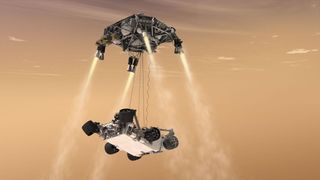
How NASA's Curiosity rover changed Mars landings forever (photos)
By Sharmila Kuthunur published
A look back at how NASA nailed the landing of its Curiosity Mars rover in August 2012, and what that success meant for Red Planet exploration.
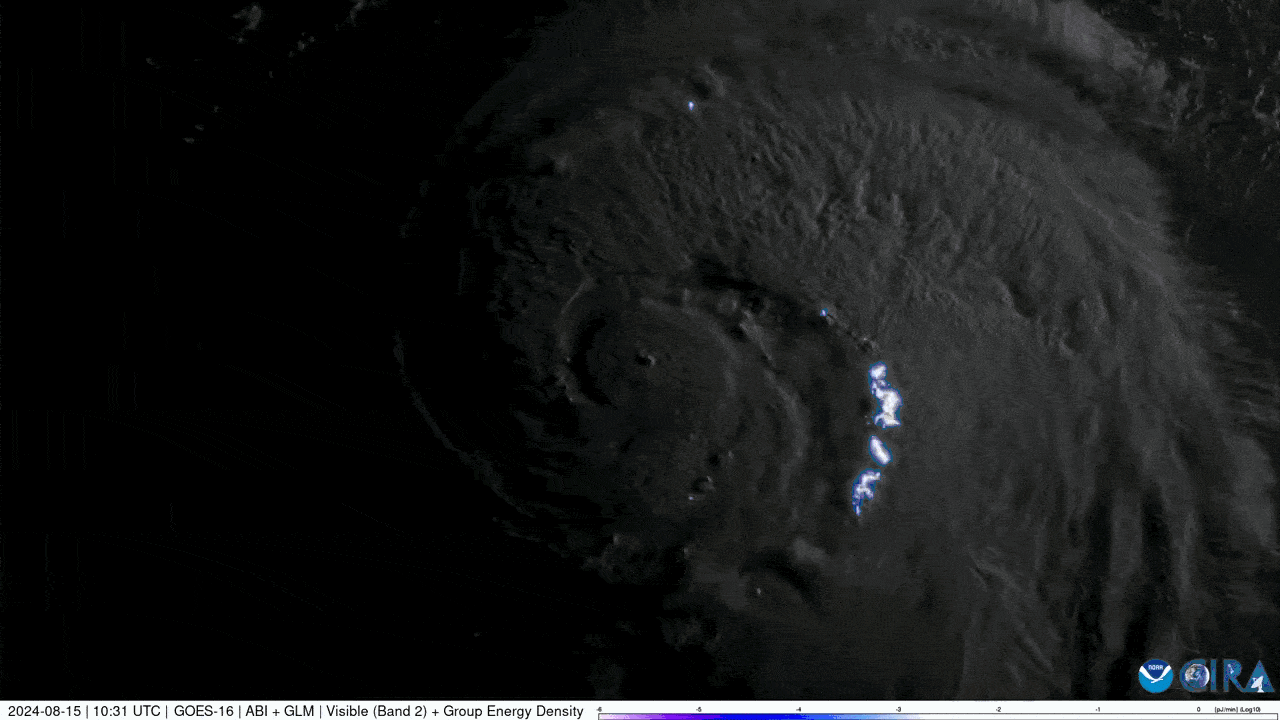
Satellites capture Hurricane Ernesto racing across the Atlantic (images)
By Sharmila Kuthunur published
NOAA satellites in orbit have recorded real-time views of Hurricane Ernesto as it made landfall in Bermuda before sailing through the Atlantic.

Telescopes capture Jupiter-bound JUICE probe during historic Earth-moon flyby (photos)
By Sharmila Kuthunur published
Telescopes caught a glimpse of Europe's JUICE probe as it swings by Earth and the moon for a gravitational assist on its way to explore Jupiter's icy moons.

Dinosaur-killing asteroid was a rare rock from beyond Jupiter, new study reveals
By Sharmila Kuthunur published
Scientists have uncovered the "genetic fingerprint" of the dinosaur-killing Chicxulub impactor, potentially revealing the fateful rock's origins in the outer reaches of our solar system.

Astronomers find black hole's favorite snack: 'The star appears to be living to die another day'
By Sharmila Kuthunur published
Astronomers have pinned down a faraway black hole's snack schedule after watching it devour a star across years.
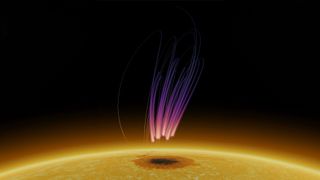
Intense solar storm opens '2-way highway' for charged particles, sparking rare auroras on the sun
By Sharmila Kuthunur published
Auroras on Earth occur when storms from our sun engulf our planet. In a rare cosmic feat last April, our planet returned the favor.

Wildfires in Greece have burned land twice the size of Manhattan, satellite images reveal
By Sharmila Kuthunur published
Satellite images have revealed the true extent of damage left in the wake of Greece's worst wildfire this year.

Drugs can partially prevent muscle loss caused by microgravity, experimental study finds
By Sharmila Kuthunur published
With prolonged space missions on the horizon, scientists are racing to understand how microgravity affects the human body and how drugs could mitigate some of those effects.

Scientists hail scientific legacy of comet-chasing Rosetta probe on 10th anniversary
By Sharmila Kuthunur published
ESA scientists recall highlights of the historic Rosetta comet-chasing mission on its 10th anniversary.

NASA satellite data adds key pollutant to national environmental justice database
By Sharmila Kuthunur published
"Having access to this accurate and localized NO2 data allows organizations like ours to understand the air quality challenges we encounter, and to advocate more effectively for the health and well-being of community residents."

NASA's Parker Solar Probe finds fresh clues to decades-old mystery surrounding the sun
By Sharmila Kuthunur last updated
In its search for answers to why our sun's corona is hotter than its surface, NASA's Parker Solar Probe has ruled out one explanation.
Breaking space news, the latest updates on rocket launches, skywatching events and more!



